
Identify fraudulent websites and information pages.
First of all, we need to identify fake information pages on Facebook or fraudulent websites and links. These pages are designed to exploit and steal data or money from users. They can have interfaces and information similar to official pages of organizations and businesses to deceive visitors.
Accessing fraudulent and fake sites poses the risk of financial loss and leakage of important personal information (accounts, passwords, OTP codes). The stolen data can be exploited for blackmail, sold to third parties or used for other illegal activities. Fraudulent and fake sites can also infect your device with malware or viruses, causing the device to be hacked, controlled remotely, causing damage or data loss.
Some ways to check for unsafe elements
For web address (link)
Method 1: Use nTrust anti-fraud software
nTrust software is developed and operated by the National Cyber Security Association. Users can download and install the software from Google Play and App Store.
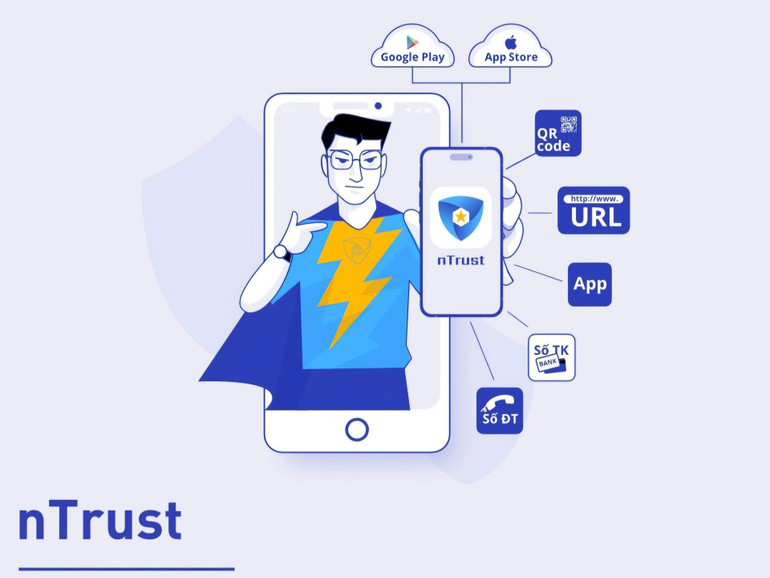
In addition to checking web addresses (links), nTrust also helps users detect unsafe signs through checking phone numbers, checking account numbers, scanning malware and checking QR codes.
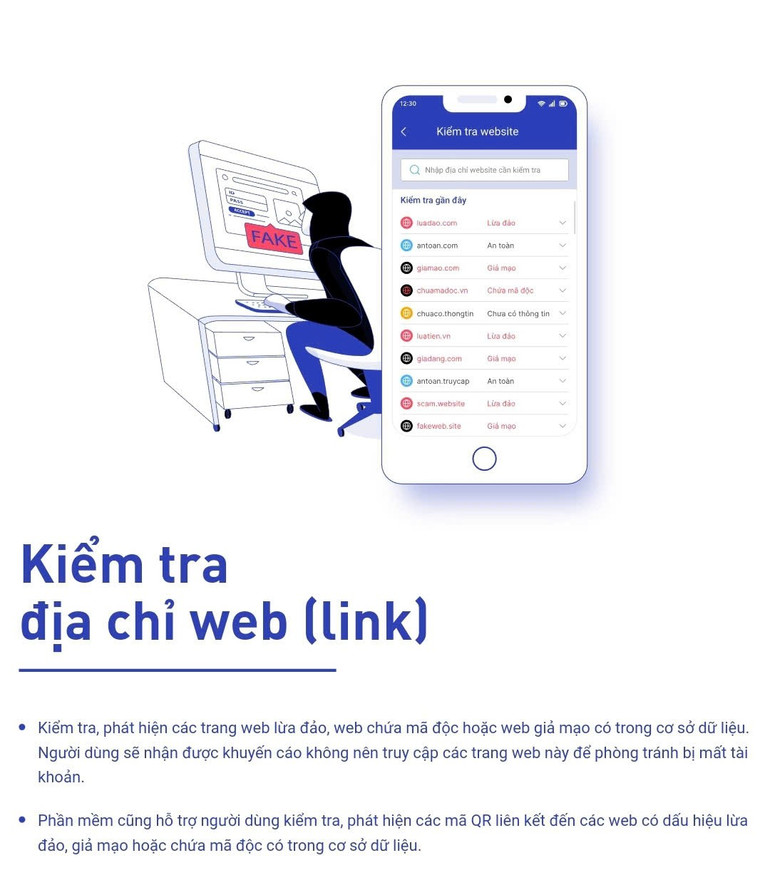
Method 2: Access the Network Trust Ecosystem
The website with the address tinnhiemmang.vn is managed by the National Cyber Security Center, Department of Cyber Security and High-Tech Crime Prevention and Control.
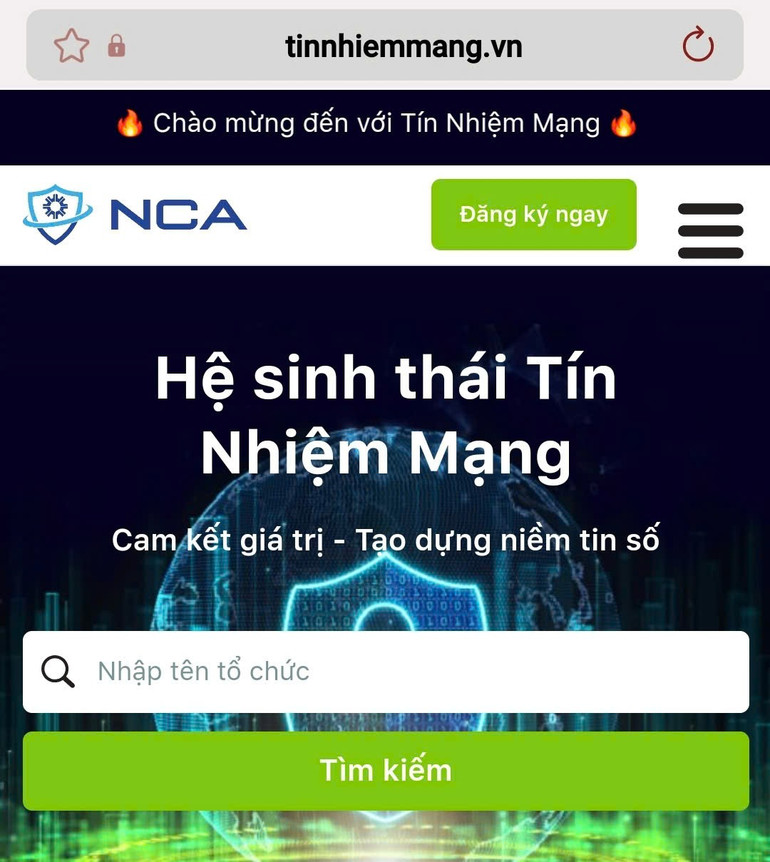
Then when accessing the page, the user selects the search feature, clicks on the filter, enters the domain name and presses search to get information about the website's reliability.
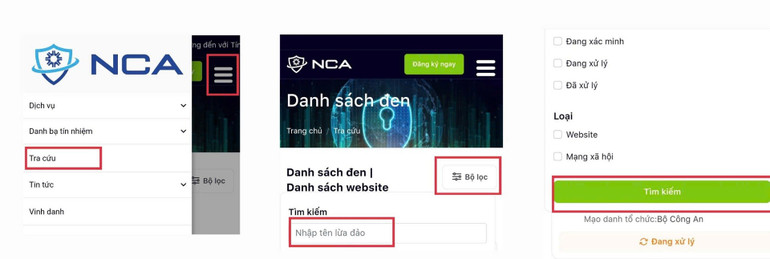
Method 3: Identify phishing websites with AI
Users can check the links at ai.chongluadao.vn
This is an AI tool to identify phishing websites developed by Anti-Phishing
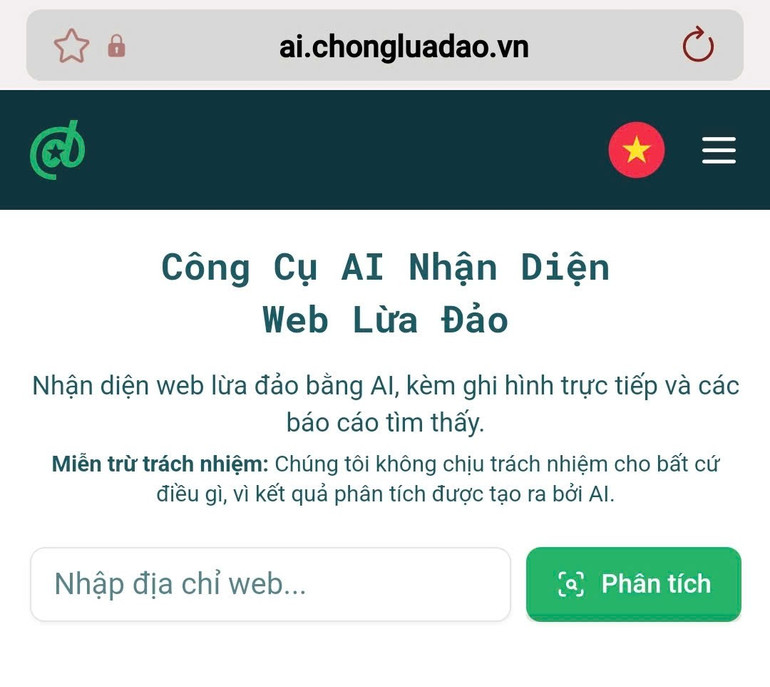
For Facebook information pages with “blue tick”
Users click on “Page Name”, then “Learn More About This Page” to check the transparency of the page.
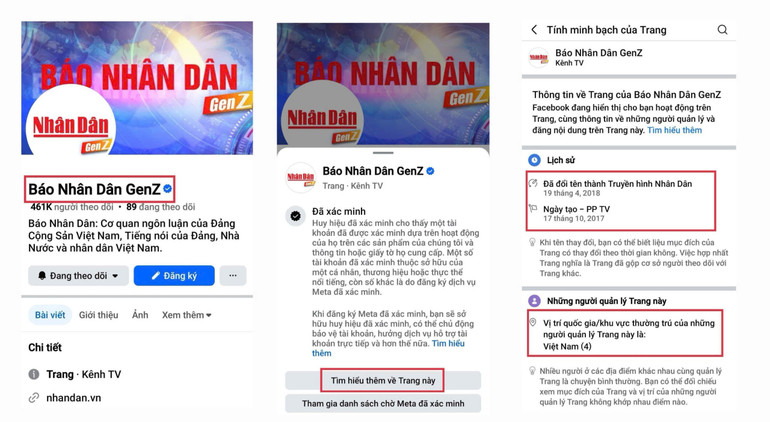
For Facebook information pages that do not have a “blue tick”
User clicks on “About”, scrolls down to find and clicks on “Page Transparency”
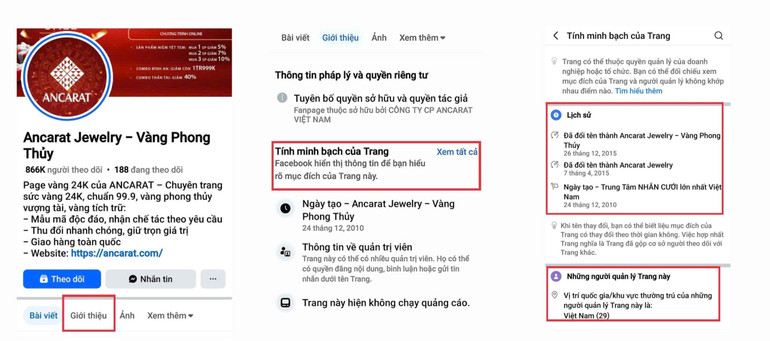
Users need to pay attention to the page name change history and the country/region where the page administrator logged in. Most fake accounts are newly created or have recently changed their name and posted advertisements in a short time, and are logged in outside of Vietnam.
Source: https://nhandan.vn/mot-so-cach-kiem-tra-fanpage-dia-chi-web-de-chong-bi-lua-dao-post907718.html



![[Photo] Launching Ceremony of the Specialized Electronic Information Page of the Communist Party of Vietnam - 14th Congress](https://vphoto.vietnam.vn/thumb/1200x675/vietnam/resource/IMAGE/2025/9/12/4c1b894be2ea4e3daccfd8c038b6fb46)



![[Photo] Thac Ba Lake: Towards an international-class tourism, resort and cultural center by 2040](https://vphoto.vietnam.vn/thumb/1200x675/vietnam/resource/IMAGE/2025/9/12/0940443efe0a427b88707caadba1cc41)
![[Photo] General Secretary To Lam attends the launching ceremony of the website of the Communist Party of Vietnam - 14th National Congress](https://vphoto.vietnam.vn/thumb/1200x675/vietnam/resource/IMAGE/2025/9/12/0d4fce7dbce2409cb3c03c21fdf3c3b5)


















![[Photo] Where the history of resistance comes alive with modern technology at "95 years of the Party Flag lighting the way"](https://vphoto.vietnam.vn/thumb/1200x675/vietnam/resource/IMAGE/2025/9/12/81c1276f52b849c8b16e2d01dd1c85e4)







































































Comment (0)